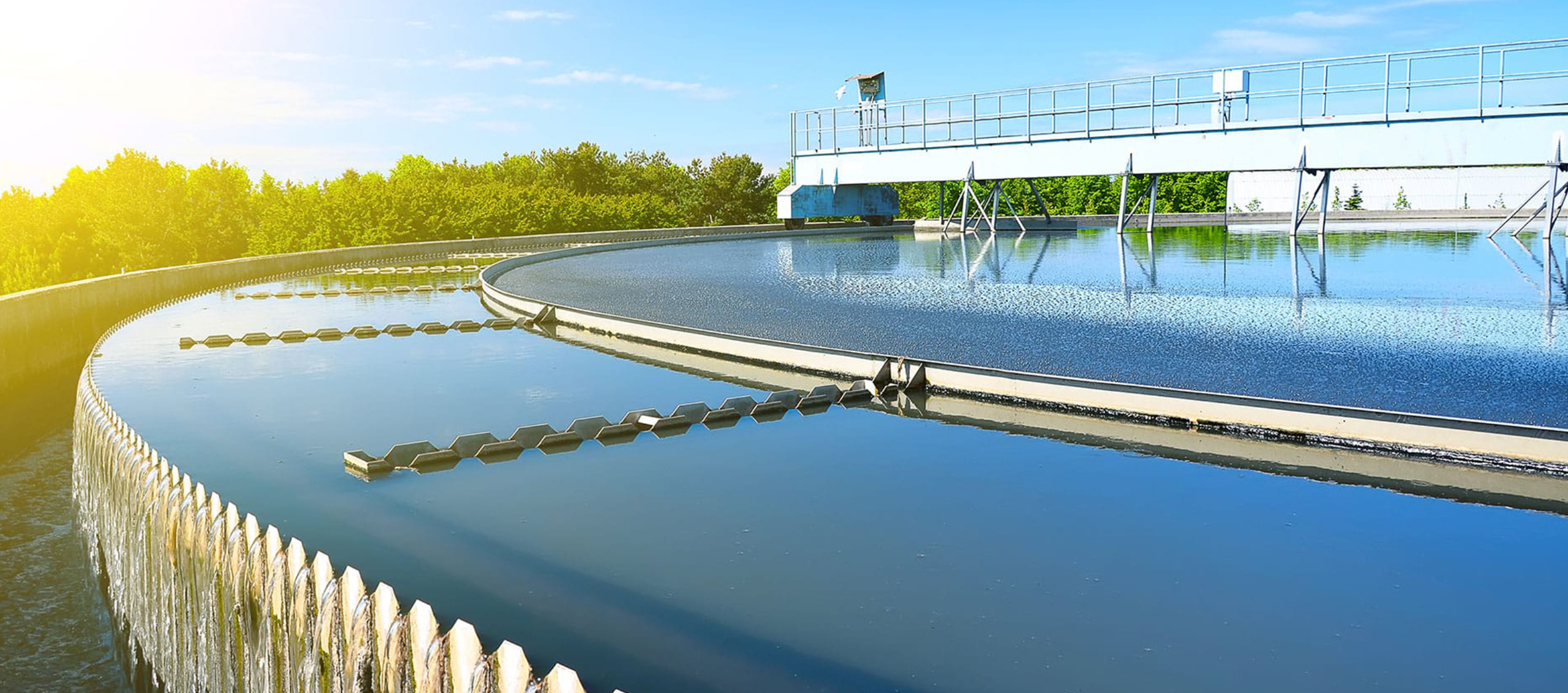PRODUCED WATER TREATMENT

Produced Water Treatment
PSPL is an expert in delivering solutions for the removal of precipitated solids/weighty hydrocarbons, if present, from generated water. The progression of innovation and technology is the driving force that is accommodated during onshore and offshore systems, the basis of the effective output to each of the needed systems.
Water, oil, solids, condensates, and gas are all common components of oil and gas reservoirs. So, during the repository liquids processing, water is separated and sucked back into the repository to maintain the reservoir's requisite pressure. Processed water is a word that arose from reservoir water generated along the oil and gas stage.
When the oil and gas levels hit depletion, the water content might reach up to 98 percent of the total fluids generated. As a result, treating such a massive amount of supply water to the appropriate quality levels becomes a growing expense when the overall cost of an operating asset is considered.
Why Choose Us
PSPL designs buildings and plans in accordance with the client's specifications and project needs are satisfied in accordance with international quality control standards. Our initial focus is on elements such as system space, weight, ease of maintenance, and durability. Following a comprehensive examination of the input circumstances and outlet requirements, our professional team assures the integration of the best-suited technology to be deployed, as well as innovative techniques, into a process bundle to achieve the desired performance.
Specialized Packages

Coalescing Plate Packs are often used to remove free oil from wastewater in a very effective manner. To optimize the performance of gravity
separation tanks, corrugated plates are packed. Because the corrugated plates create a longer route for the oil to travel to the top of the
container, the oil droplets combine and produce bigger oil droplets.
The Induced Gas Flotation (IGF) technique is widely recognized in the oil sector for its ability to effectively treat generated water
in order to fulfill environmental oil-in-water discharge regulations. For inducing and physically mixing gas with generated water, IGF
technology employs a motored vaned rotor or impeller. Gas is pulled from the vessel's vapor space and mixed with the generated water,
resulting in tiny bubbles rising to the top.
Effective and dependable filtration is critical in the oil and gas industry. Improved upstream, middle, and downstream filtering are critical
for higher production. MMF plants are intended to treat groundwater, stormwater, tertiary treated effluent, surface water, or wastewater.
Oil and gas extraction methods produce huge amounts of wastewater, which is often a multiphase dispersion (e.g., oil/gas/water, oil/solids/water)
that must be treated before disposal or reuse. Separation of a three-phase input (oil, solids, water) may be difficult and frequently includes
many unit processes.

